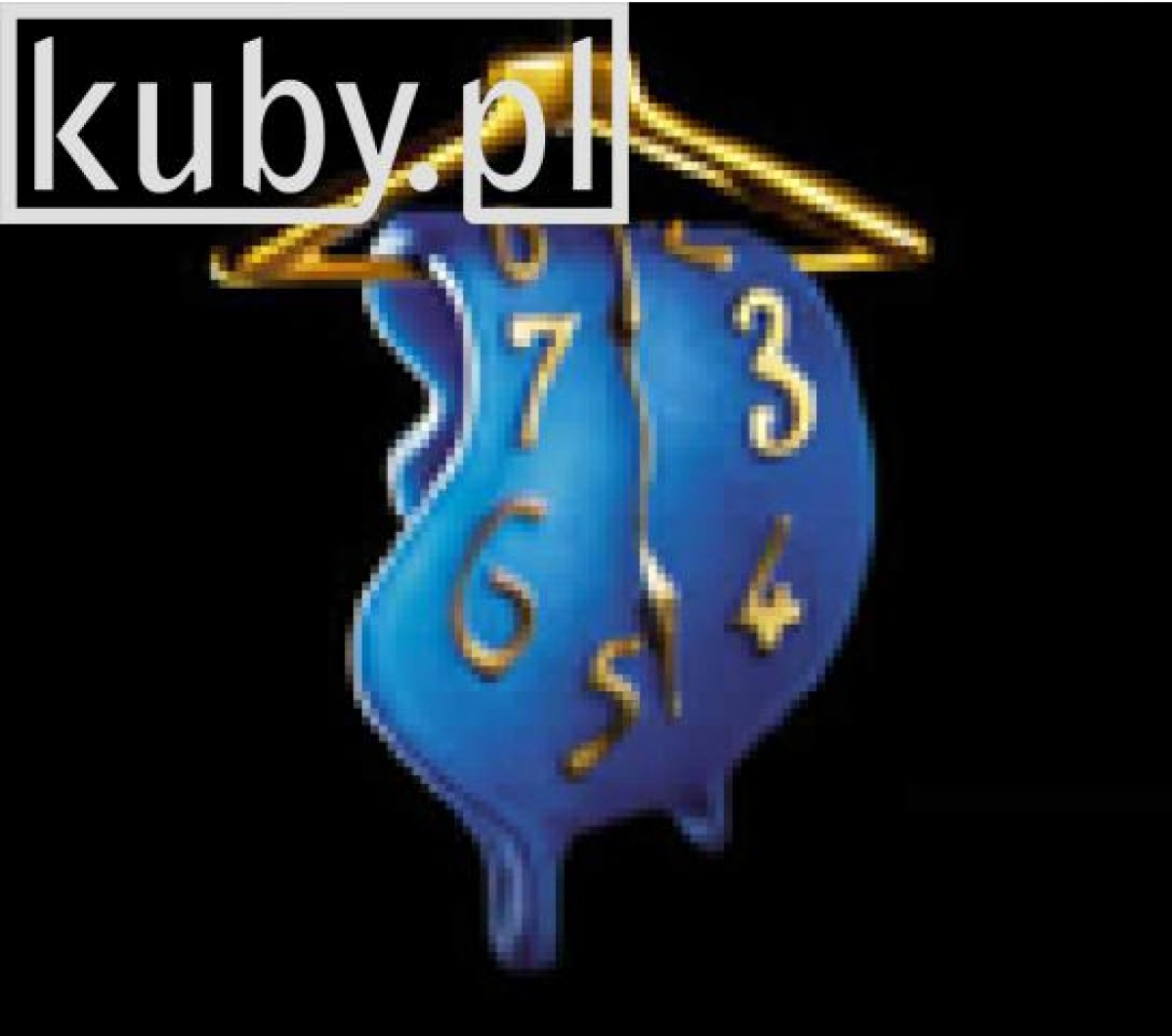Nadmi
- Kraj:Polska
- : Język.:deutsch
- : Utworzony.: 06-10-15
- : Ostatnie Logowanie.: 01-12-25

: Opis.: Jesteśmy programowani na upragnioną przyszłość, na z góry ustaloną ścieżkę. Nie tak, jaką jaką pragniemy ale taką jaką pragnie klasa rządząca. Im bardziej ludzie są ślepo zaznajomieni z zamierzonym rezultatem, tym szybciej i łatwiej zostanie on przyjęty, a zrozumienie klasycznej heglowskiej dialektyki problemu, reakcji i rozwiązania jest tak istotne, aby uwolnić się od czaru tych bytów. Jeśli wpadniesz w pułapkę niebrania odpowiedzialności za swoje zdrowie – mając na myśli wszystkie jego aspekty (fizyczne, psychiczne, emocjonalne i duchowe) – możesz mieć tendencję do postrzegania swojego ciała jak maszyny lub pojazdu wymagającego naprawy przez lekarza-mechanika . Możesz także wierzyć w fałszywe kłamstwo, że Big Pharma ma magiczną pigułkę na wszystko, że ta magiczna pigułka może rozwiązać wszystkie twoje problemy (bez żadnych skutków ubocznych) i że nawet jeśli Big Pharma nie ma teraz magicznej pigułki, będą mieli taką w przyszłości. Wystarczy jednak spojrzeć na szokującą liczbę zgonów jatrogennych (tych spowodowanych przez lekarzy i metody medyczne). . Homeopatia uznaje, że ciało jest najlepszym uzdrowicielem; ma na celu stymulację mechanizmów gojenia organizmu, a nie tłumienie objawów lub zapewnianie tymczasowej ulgi w bólu, jak ma to miejsce w przypadku alopatii. W 1890 roku w USA (przed Raportem Flexnera) około 25% lekarzy było homeopatami, w tym osobisty lekarz Johna D. Rockefellera i lekarze brytyjskiej rodziny królewskiej, ale nie chcą, żebyś o tym wiedział. Uznanie dla wszystkich, którzy przeciwstawili się tyranii i nadmiernemu zasięgowi. Nadal mamy przed sobą niezwykle długą drogę do stawienia oporu. Czy się temu oddamy? Jak myślicie? Wir sind auf eine gewünschte Zukunft, einen vorgegebenen Weg programmiert. Nicht so, wie wir es wollen, sondern so, wie die herrschende Klasse es will. Je blinder die Menschen mit dem beabsichtigten Ergebnis vertraut sind, desto schneller und einfacher wird es angenommen, und das Verständnis der klassischen Hegelschen Dialektik von Problem, Reaktion und Lösung ist so wichtig, um sich aus dem Bann dieser Entitäten zu befreien. Wenn Sie in die Falle tappen und keine Verantwortung für Ihre Gesundheit übernehmen – also für alle Aspekte davon (physisch, mental, emotional und spirituell) – neigen Sie möglicherweise dazu, Ihren Körper als eine Maschine oder ein Fahrzeug zu betrachten, das von einem Arzt repariert werden muss. Möglicherweise glauben Sie auch der falschen Lüge, dass Big Pharma für alles eine magische Pille hat, dass diese magische Pille alle Ihre Probleme lösen kann (ohne Nebenwirkungen) und dass Big Pharma, selbst wenn sie jetzt keine magische Pille hat, diese lösen wird Habe in Zukunft auch eins. Aber schauen Sie sich nur die schockierende Zahl iatrogener (durch Ärzte und medizinische Methoden verursachter) Todesfälle an. . Die Homöopathie erkennt an, dass der Körper der beste Heiler ist; Es soll die Heilungsmechanismen des Körpers anregen und nicht die Symptome unterdrücken oder eine vorübergehende Schmerzlinderung bewirken, wie es bei der Allopathie der Fall ist. Im Jahr 1890 waren in den USA (vor dem Flexner-Bericht) etwa 25 % der Ärzte Homöopathen, darunter John D. Rockefellers Leibarzt und Ärzte der britischen Königsfamilie, aber das wollen sie Ihnen nicht mitteilen. Ein großes Lob an alle, die sich gegen Tyrannei und Übergriffe gewehrt haben. Wir haben noch einen sehr langen Weg vor uns, um Widerstand zu leisten. Werden wir uns dazu verpflichten? Was denken Sie?
: Data Publikacji.: 01-11-25
: Opis.: Ten wyjątkowo mały generator jest przenośny i działa nawet w płytkiej, wolno płynącej wodzie. Testowany z zasilaniem lamp ulicznych, ma umożliwić odległym regionom świata wytwarzanie własnej energii elektrycznej.
: Data Publikacji.: 01-11-25
: Opis.: Jeśli coś pójdzie nie tak, poświęć chwilę i spokojnie przejrzyj swoje myśli, swoje rany i swoje przekonania. Wtedy, jeśli okaże się, że po analizie swoich przeżyć nadal myślisz, że dla Ciebie słońce nigdy nie wzejdzie; że jesteś skazany na powtarzanie tej samej historii, że przeszłość cię prześladuje, że nikt cię nie widzi, że wszyscy są przeciwko tobie, że świat nie ma przyszłości, że miłość nie istnieje, krótko mówiąc, że wszystko jest do bani; Z wielką pokorą zakwestionuj swoje myśli, emocje i przekonania. W tym przypadku rozważ możliwość świadomej obserwacji siebie i odpowiedzi na następujące pytanie: Czy istnieje choć odległa możliwość, że źle kierujesz swoją energią życiową i przez to stałeś się ofiarą własnych myśli? Tak jak wierzymy, tworzymy.
: Data Publikacji.: 01-11-25
: Opis.: Jak powstał Terminator. W 1962 roku w swojej książce „Profile of the Future: An Inquiry to the Limits of the Could” pisarz science fiction Arthur C. Clarke sformułował swoje słynne Trzy Prawa, z których trzecie prawo jest najczęściej cytowane: „Każda wystarczająco zaawansowana technologia jest nieodróżnialna od magii”.
: Data Publikacji.: 01-11-25
© Web Powered by Open Classifieds 2009 - 2025
